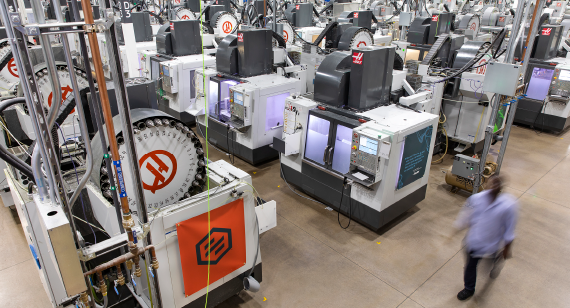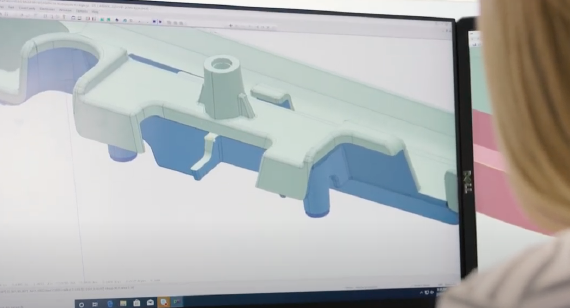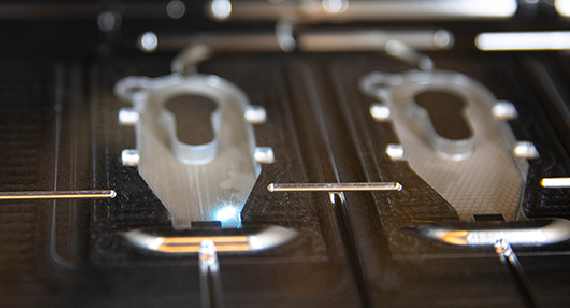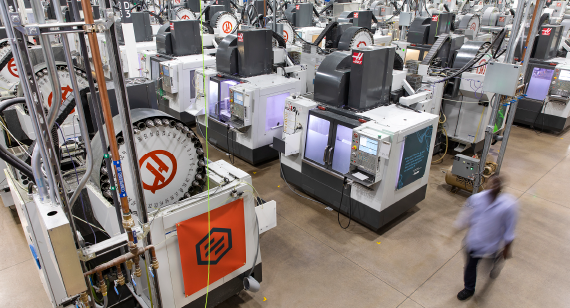Five Ways Electric Vehicle Innovation is Being Driven by Digital Manufacturing


That meant minimal iteration, predictable demand, high volumes, and so much red tape to cut through that thoughts about doing anything differently were quickly banished to the scary closet in your mind with Stephen King’s IT and any movie in the last 20 years with a doll that talks (or is that just me?). Well, even though clowns remain terrifying, the times have changed. A lot of people doubted Elon Musk when he began with Tesla, and it wasn’t just because he was an eccentric billionaire; it was because he was attempting to change the mindset of an auto industry that had been cemented into the collective vehicular brain in Detroit since the start of the 20th Century.
Internal combustion engine (ICE) vehicles were meant to be long range, and the new kids on the block cared more about sustainability. That one idea has spurred perhaps the largest sea change in automotive manufacturing since Henry Ford gave the ole’ assembly line a chance.
And as a result of this paradigm shift, automakers and companies supporting those vehicles—think charging stations and LIDAR tech—are in a race to develop vehicles fast and get to market with new and innovative ideas before their competitors. But how can they do that? What will give them that advantage? Digital manufacturing is one big way—and here are five reasons why.
1. Modern Mindset
The ICE auto market has been around for a long time, and has had more than a century to perfect vehicle production. However, EVs have ushered in a massive shift in traditional thinking. Companies are testing and learning as they go, and they need manufacturers that enable quick iteration and agility. Enter digital manufacturing.
2. Digitalization x Quality
So what exactly does digital manufacturing even mean? It’s essentially a tech-driven subset of the manufacturing industry that uses software automation and a network of connected machines to manufacture components, often at speeds that are unheard of in traditional manufacturing. Aside from speed, this digitalization brings some pretty important additional benefits to auto manufacturers—namely quality.

Working with modern manufacturing companies that are digital-forward like Protolabs helps streamline the entire quoting, design analysis, and ordering process.

Multi-cavity tooling is a cost-efficient option to produce low-volume quantities of 10,000 or more electric vehicle components.
4. Single Supplier
When you need to move quickly, the last thing you want to do is switch suppliers. However, it’s rarely as easy as just sticking with one supplier for the life of a component. Different suppliers have different specialties—some focus on speed, some focus on quality, some are low cost, and you can generally choose from only a few of those attributes. The nature of the digital manufacturing process gives it innate value in speed and quality. In fact, the speed at which digital manufacturers can move is what makes them so valuable for low-volume production, an area where they produce at significantly lower costs than traditional manufacturing. In the end, it lets you streamline your product life cycle from development to production.
Virtually all of the manufacturing steps from part analysis to shipping are recorded, timestamped, verified, and stored indefinitely, meaning robust quality systems that happen fast and transparency from start to finish.
3. Low-volume Production
Perhaps the biggest shift in thinking, and one of the largest challenge that manufacturers face, is the low-volume nature of electric vehicles compared to their ICE counterparts. Product developers often face challenges like higher production costs for low volumes, if they’re even able to get a manufacturer to take the contract. Traditional manufacturing business models really require volume to make the processes cost effective; at low volumes, you either pay a significant premium, or you don’t get a quote at all. Digital manufacturing effectively eliminates the manual cost drivers that you find in traditional manufacturing, meaning quick turnaround and low volume production isn’t just okay, it’s truly what we were built for.

Our state-of-the-art CNC machining facility houses of hundreds mills and lathes so capacity is never an issue.
5. Speed
Finally, we get to the 800 lb. elephant in the room. The EV industry is growing at a ridiculous pace, and that growth obviously requires manufacturing support. The traditional ICE mindset was comparatively easy to predict and forecast, and didn’t necessarily require speed to be successful. EV however is much less predictable, and requires agility in order to get to market, meet launch initiatives, and ultimately meet shareholder expectations. That means that the entire process needs to happen without sacrificing speed. Digital manufacturing was built for this purpose—combining automation with robust quality provides an ideal low-volume production scenario, without having to remove speed from the equation.











